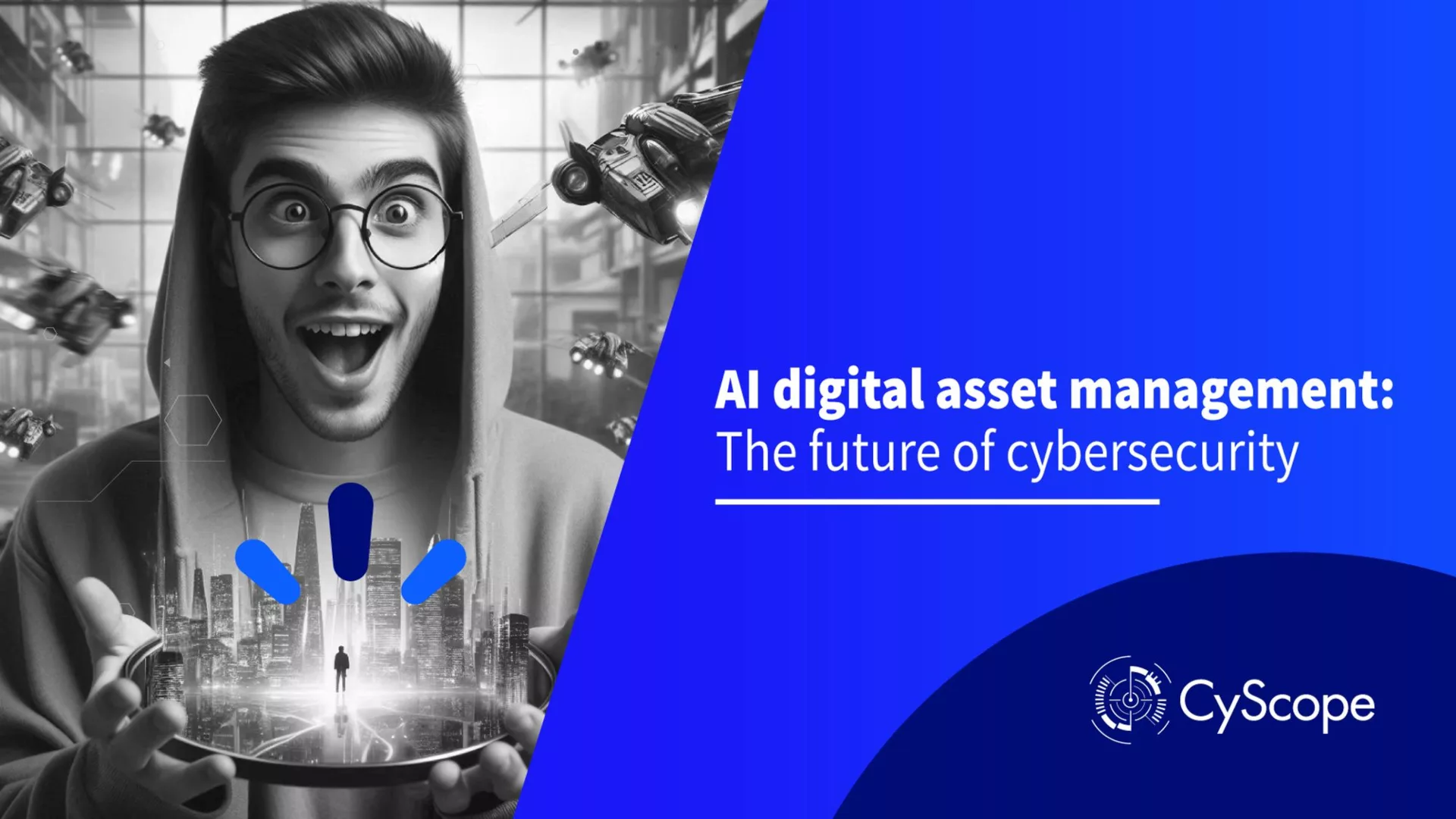The evolution of cybersecurity does not stand still. With technological advancement, protecting digital assets has become a critical priority for companies of all sizes. Artificial intelligence (AI) has emerged as a revolutionary tool in this field, offering faster and more accurate solutions for AI digital asset management. In this article, we will explore how AI is changing the cybersecurity landscape and what this means for protecting your digital assets.
The role of AI in cybersecurity
AI, with its capabilities to analyze large volumes of data and detect patterns, has proven to be a powerful ally in cybersecurity. One of the most relevant applications of artificial intelligence is real-time threat and anomaly detection. Using advanced machine learning algorithms, cybersecurity systems can identify unusual behavior in networks, allowing them to respond quickly to potential threats.
In the context of AI digital asset management, it can classify and prioritize the most critical assets for a company, helping to focus protection efforts where they are needed most. This intelligence-driven approach enables companies to manage their resources more efficiently, reducing the risk of loss due to security breaches.
You might be interested: Bug Hunters: The Importance of our ethical hacker community
Benefits of AI digital asset management
AI digital asset management has numerous benefits that are transforming the way businesses protect their most valuable information:
1. Automating Threat Detection: With AI, companies can automate threat detection and response, significantly reducing the time to react to an incident. This is particularly useful in an environment where cyberattacks can occur in a matter of seconds.
2. Predictive Analytics: Thanks to its ability to learn from historical data, artificial intelligence can predict potential vulnerabilities in systems before they become critical problems. This allows companies to take preventive measures to protect their digital assets.
3. Resource Prioritization: AI digital asset management allows prioritization of security resources, identifying the most critical assets and assigning appropriate levels of protection based on the associated risk.
4. Reducing False Positives: One of the biggest limitations of traditional cybersecurity systems is the number of false positives, which can drain resources and divert attention away from real threats. AI, by continuously improving its accuracy, helps reduce these false positives, ensuring that security teams focus on real threats.
Challenges of implementing AI digital asset management
While artificial intelligence offers enormous potential in digital asset management, it also presents certain challenges that companies must consider:
Privacy and Regulation: The use of AI in data management may conflict with privacy and data protection regulations. It is crucial to ensure that AI-based solutions comply with all applicable regulations.
Dependence on High-Quality Data: For AI algorithms to be effective, they need accurate, high-quality data. Enterprises must invest in data collection and management to maximize the effectiveness of AI in cybersecurity.
Implementation Cost: Adopting AI solutions can require a significant upfront investment, especially for small and medium-sized businesses. However, in the long run, the benefits in terms of protection and efficiency may outweigh these costs.
Future of cybersecurity with AI
The future of cybersecurity is intimately tied to the development of artificial intelligence. As attackers become more sophisticated, defense tools and techniques must also evolve. AI digital asset management is just the beginning. In the coming years, we are likely to see deeper integration of AI into all aspects of cybersecurity, from endpoint protection to incident response.
Companies that adopt these technologies will be better positioned to face tomorrow’s threats, protecting both their digital assets and their customers’ trust.
Read also: The experience of an ethical hacker in the bug bounty world
Conclusion
Artificial intelligence has transformed the way companies approach cybersecurity, especially in digital asset management. Although not all companies offer AI-based services, the combination of human intelligence and advanced technology remains the best strategy for maintaining digital security.
Contact us and find out how we can help you keep your business secure in the digital world!

